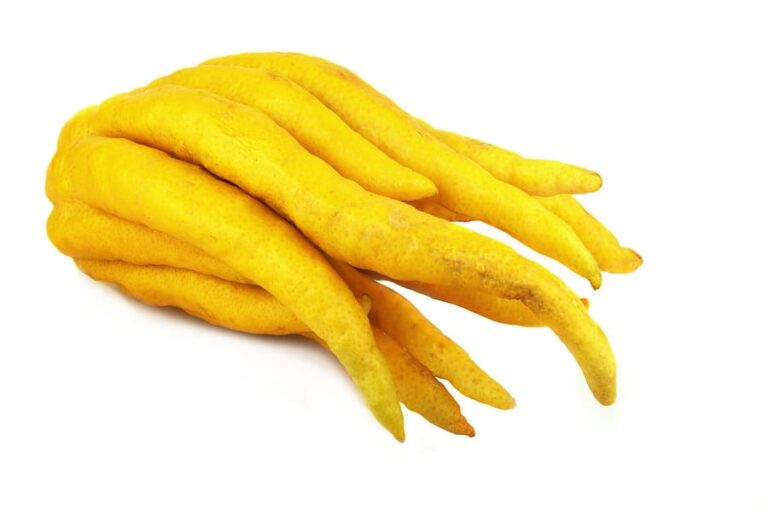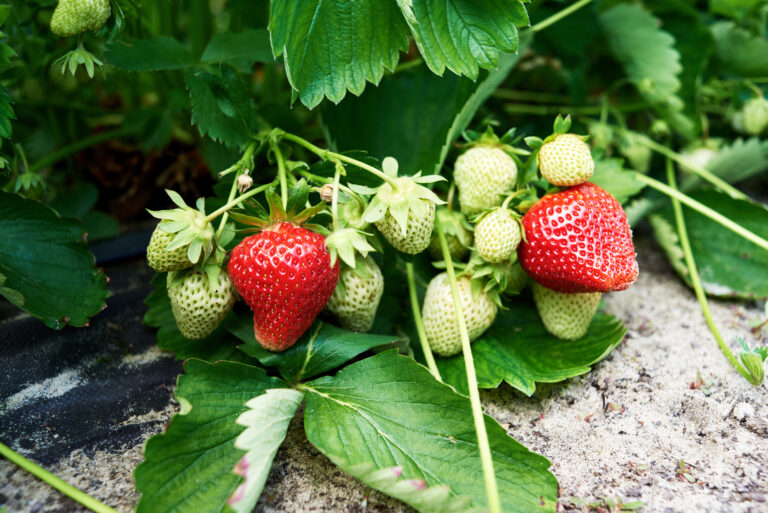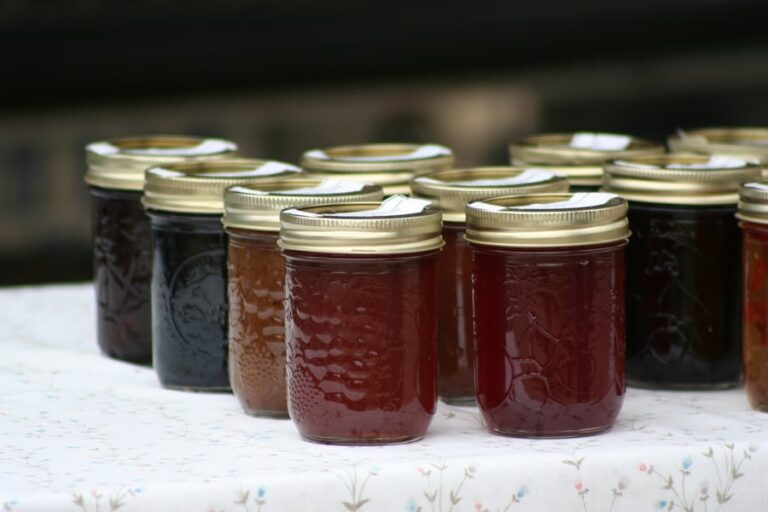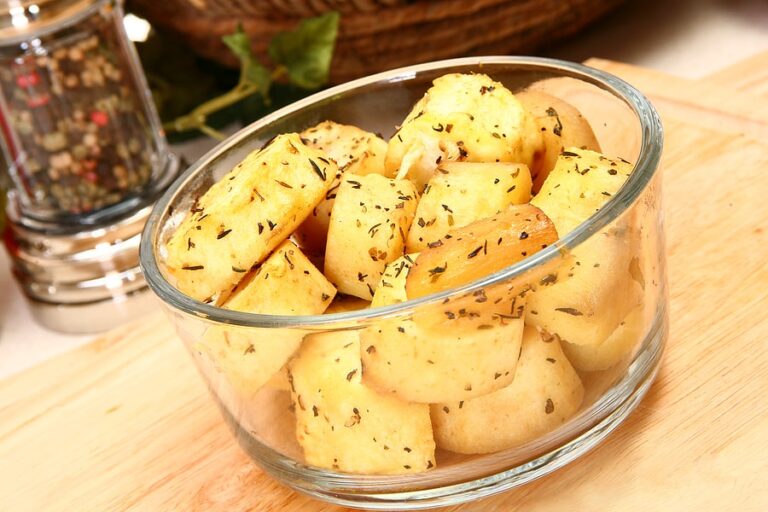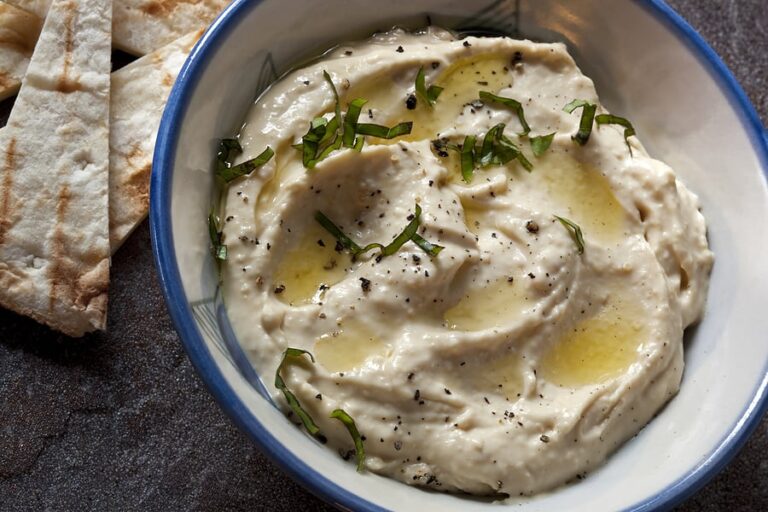Ways to Serve Kumquats
Kumquats have a sweet rind and zesty tart flesh.
You can eat them raw out of hand like a grape or slice them and toss them in a salad.
Kumquats look like small oranges. They are seldom larger than 1¼ inches (3 cm) across, about the size of a quail’s egg.
The rind is thick but tender, and the flesh is dry. The rind of a kumquat is not a separate covering from the fruit like an orange peel. The kumquat has no pith below its skin and for that reason is not bitter tasting. Kumquats sometimes contain seeds.
Related article:
While kumquats look like small citrus, they are not. They belong to their own genus and share only their color in common with oranges.
The kumquat originated in Southeast Asia. It has been cultivated in China since at least the twelfth century. The name kumquat is a corruption of the Chinese chin kan which means “golden mandarin”.

Kumquat varieties for kitchen use
There are several varieties of kumquats. There are four that are commonly eaten:
Meiwa
Meiwa (sometimes called sweet kumquat) is a round kumquat, large and sweet. This is considered the best-eating kumquat.
Meiwa has a bright orange rind that is medium thick, tender, and easy to eat. There is no need to peel Meiwa. Its flesh is orange, slightly juicy, and moderately sweet. Meiwa has few seeds.
Meiwa is the most popular kumquat variety in China and Japan. Harvest for Meiwa—like the other kumquats here–is late fall in desert areas to early spring in cooler regions. Besides eating out of hand, Meiwa is a good choice for preserves, marmalades, and candied fruit.
Nagami
Nagami is a small, oval kumquat with a yellow to light-orange, medium-thick, mildly sweet rind. The flesh is orange, somewhat dry, and moderately acid-tasting. It has few seeds.
Nagami is the most popular kumquat in the United States where it is grown primarily in Florida and California. Its slightly tart flavor makes it a good choice for preserves, marmalades, syrup making, and candying. Nagami is a popular Christmas fruit in the United States.
Marumi
Marumi is a round kumquat with a golden yellow rind. It has a thin skin that is sweeter than Nagami. The rind is aromatic and spicy. Marumi is acidic-flavored flesh and a few seeds.
Hong Kong
Hong Kong is a small round kumquat with an orange or scarlet rind and little flesh inside. This is a native to the mountains in China that surround Hong Kong. This is a popular wild fruit in China.
How to choose kumquats
Select firm kumquats that have glossy rinds without cracks or blemishes. Soft kumquats can spoil rapidly. Avoid fruits that are shriveled. Choose kumquats with freshly picked leaves still attached.
How to store kumquats
Kumquats will keep for a few days at room temperature. You can refrigerate them in a plastic bag for up to a month.
How to serve kumquats
You can eat kumquats whole out of hand. To release the fruit’s essential oils and increase the flavor, gently roll the kumquat between your fingers before eating.
Wash kumquats thoroughly before serving. To soften their rinds, blanch kumquats for about 20 seconds and then rinse under cold water.
Add kumquats to fruit or green salads. Slice them in half or quarters and serve them raw as a garnish. They can be candied, pickled whole, or used in preserves or marmalades and added to stuffing or baked in cakes and muffins.
Kumquats go well with fish, poultry, duck, or lamb, and they have a flavor affinity for cardamon, chutney, cinnamon, citrus fruits, cranberry, duck, ginger, and mustard.
Kumquat nutrition
Kumquats are rich in vitamin A, potassium, and calcium.
About kumquats
The kumquat was brought to England in 1846 by the plant explorer Robert Fortune. It came to the United States in 1850.
Today kumquats are grown in California, Florida, the Mediterranean countries, Japan, China, Indonesia, Israel, Peru, and Brazil.
It was W.C. Fields who said, “How about a kumquat, my little chickadee?”
The botanical name of the Marumi kumquat is Fortunella crassifolia; of the Nagami F. margarita; of Marumi F. japonica; of Hong Kong F. Hindsii.
Related articles:
Planning the Home Fruit Garden
Garden Planning Books at Amazon:
- Vegetable Garden Almanac & Planner
- Kitchen Garden Grower’s Guide Vegetable Encyclopedia
- Vegetable Garden Grower’s Guide
- Tomato Grower’s Answer Book
More fruit-growing articles:
Learn how to plant, grow, prune, and harvest your favorite fruits. Click below for all you need to know.
- Apple
- Apricot
- Avocado
- Banana
- Blackberry
- Blueberry
- Cantaloupe
- Chayote
- Cherimoya
- Cherry
- Citrus
- Clementine
- Cranberry
- Currants
- Elderberry
- Feijoa
- Fig
- Gooseberry
- Grape
- Grapefruit
- Guava
- Kiwifruit
- Kumquat
- Lemon
- Lime
- Loquat
- Mandarin
- Mango
- Melon
- Mulberry
- Muskmelon
- Nectarine
- Olive
- Orange
- Papaya
- Passion Fruit
- Peach
- Pear
- Persimmon
- Pineapple
- Pineapple Guava
- Plantain
- Plum
- Pomegranate
- Pumpkin
- Quince
- Raspberry
- Strawberry
- Tangelo
- Tangerine
- Tangor
- Watermelon


